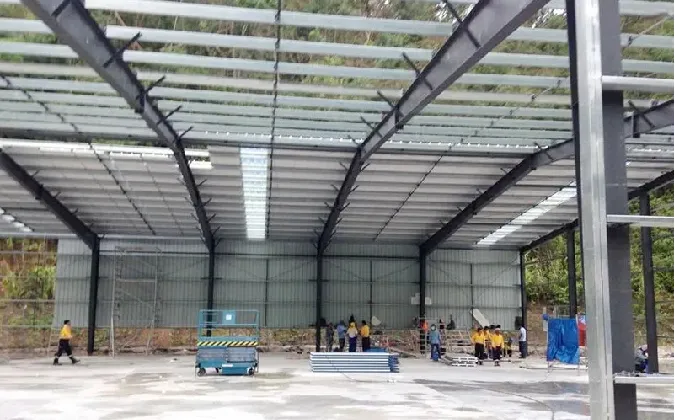- Afrikaans
- Albanian
- Amharic
- Arabic
- Armenian
- Azerbaijani
- Basque
- Belarusian
- Bengali
- Bosnian
- Bulgarian
- Catalan
- Cebuano
- Corsican
- Croatian
- Czech
- Danish
- Dutch
- English
- Esperanto
- Estonian
- Finnish
- French
- Frisian
- Galician
- Georgian
- German
- Greek
- Gujarati
- Haitian Creole
- hausa
- hawaiian
- Hebrew
- Hindi
- Miao
- Hungarian
- Icelandic
- igbo
- Indonesian
- irish
- Italian
- Japanese
- Javanese
- Kannada
- kazakh
- Khmer
- Rwandese
- Korean
- Kurdish
- Kyrgyz
- Lao
- Latin
- Latvian
- Lithuanian
- Luxembourgish
- Macedonian
- Malgashi
- Malay
- Malayalam
- Maltese
- Maori
- Marathi
- Mongolian
- Myanmar
- Nepali
- Norwegian
- Norwegian
- Occitan
- Pashto
- Persian
- Polish
- Portuguese
- Punjabi
- Romanian
- Russian
- Samoan
- Scottish Gaelic
- Serbian
- Sesotho
- Shona
- Sindhi
- Sinhala
- Slovak
- Slovenian
- Somali
- Spanish
- Sundanese
- Swahili
- Swedish
- Tagalog
- Tajik
- Tamil
- Tatar
- Telugu
- Thai
- Turkish
- Turkmen
- Ukrainian
- Urdu
- Uighur
- Uzbek
- Vietnamese
- Welsh
- Bantu
- Yiddish
- Yoruba
- Zulu
Dec . 06, 2024 09:51 Back to list
Optimizing Steel Fabrication Workshop Layout for Maximum Efficiency
The layout of a steel fabrication workshop is integral to its operational efficiency and overall productivity. An effectively designed workshop can significantly reduce material handling time, minimize waste, and enhance the safety of operations. As the demand for customized steel structures and components continues to rise, the importance of a well-planned steel fabrication workshop layout cannot be overstated.
Understanding the Layout Basics
Before delving into the specifics, it’s crucial to understand the primary elements involved in a steel fabrication workshop layout. These include the work area, equipment placement, material storage, and workflow paths. Each of these components plays a vital role in shaping the overall productivity of the workshop.
1. Work Areas and Stations A typical steel fabrication workshop consists of various work stations for cutting, welding, assembly, and finishing. Each work area should be strategically placed based on the sequence of operations. For instance, the cutting area should be adjacent to the welding station to facilitate a smooth transition of materials. This not only saves time but also reduces the chances of material damage during handling.
2. Equipment Placement The layout should consider the size and function of the equipment used. Heavy machinery such as CNC plasma cutters, welding machines, and bending presses need to be positioned in a manner that allows for safe operation and easy access. Moreover, ensuring that these machines are located far enough apart can minimize noise and the risk of accidents, enhancing the safety of the workshop.
3. Material Storage Effective material storage is essential in any steel fabrication workshop. The storage area should be designed to accommodate raw materials, semi-finished products, and tools. Organizing this space using vertical racks and shelving can help maximize the use of the available area while ensuring that materials are easily accessible. This reduces the time workers spend searching for materials and facilitates a smooth production flow.
4. Workflow Paths Clear workflow paths are vital for enhancing efficiency within the workshop. These paths should be designed to minimize backtracking and unnecessary movement. A linear path from receiving materials through cutting, welding, assembly, and finishing is ideal. Additionally, it’s important to account for employee movement to prevent bottlenecks. Implementing a one-way flow can further streamline operations.
steel fabrication workshop layout

Safety Considerations
Safety is a paramount concern in a steel fabrication workshop. Proper layout design can significantly mitigate risks. For instance, ensuring that high-traffic areas are wider can prevent collisions. Emergency exits should be clearly marked and easily accessible, and fire safety equipment should be strategically placed throughout the workshop. Adequate lighting is also crucial, especially in areas with heavy machinery and equipment.
Incorporating Technology
In today’s digitized world, integrating technology into the workshop layout can enhance efficiency further. Implementing automation, such as automated material handling systems, can reduce manual labor and improve precision. Additionally, utilizing software for layout planning can provide visualizations that help in optimizing space and workflow before the physical implementation.
Continuous Improvement
Lastly, it’s important to view the workshop layout as a dynamic entity. Regularly soliciting feedback from employees can provide insights into potential inefficiencies or safety hazards. Monitoring production levels and adjusting the layout accordingly can lead to continual improvements over time.
Conclusion
In conclusion, the layout of a steel fabrication workshop is a crucial factor that influences its operational efficiency and safety. By carefully considering work areas, equipment placement, material storage, workflow paths, and safety measures, workshop managers can create an environment that fosters productivity. The incorporation of technology and a commitment to continuous improvement further enhance the potential for success in steel fabrication. As the industry continues to evolve, a well-optimized layout will remain a key driver of performance and efficiency.
-
How Do Prefabricated Steel Structures Transform Modern Construction?
NewsJul.14,2025
-
How Do Prefabricated Metal Buildings Redefine Modern Construction?
NewsJul.14,2025
-
How Do Prefab Insulated Metal Buildings and Steel Structures Revolutionize Modern Construction?
NewsJul.14,2025
-
How Do Pre - Engineered Steel Structures Redefine Modern Construction?
NewsJul.14,2025
-
Advancing Modular Construction with Prefabricated Metal Structures
NewsJul.14,2025
-
Advancing Industrial Infrastructure with Prefabricated Steel Solutions
NewsJul.14,2025
Products categories
Our Latest News
We have a professional design team and an excellent production and construction team.












